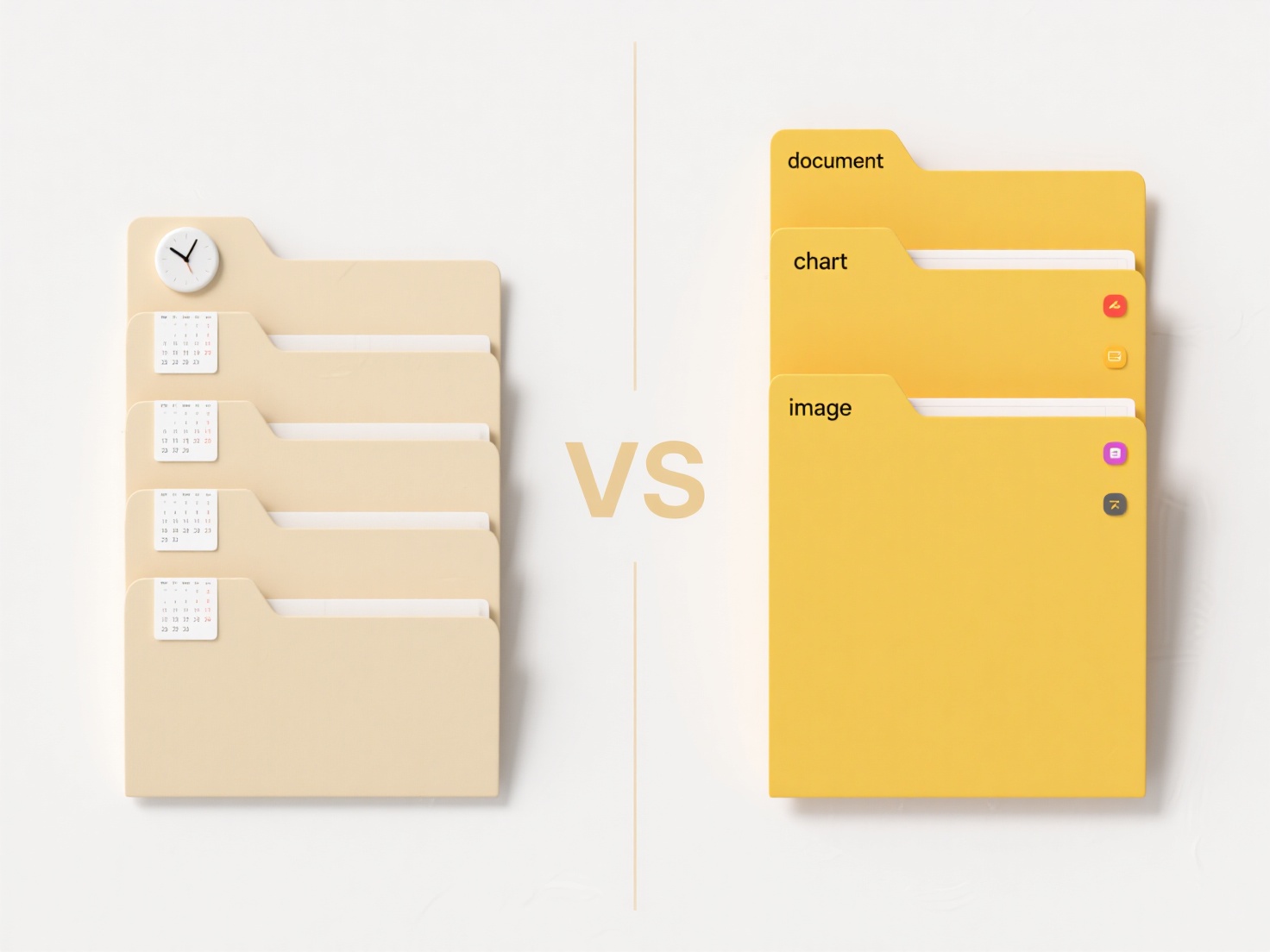
Ensuring file opening success across different operating systems and software versions involves selecting universally compatible formats and managing file metadata properly. This means prioritizing established, non-proprietary formats that maintain integrity on Windows, macOS, Linux, and mobile systems. For instance, simple text files retain content across editors, while formats like HTML are consistently rendered by browsers. Including standardized file extensions and avoiding platform-specific attributes like Windows NTFS streams are crucial steps to prevent errors when opening files.
Specific applications include exporting project reports as PDFs for guaranteed viewing across any device, or using CSV files instead of XLSX for spreadsheet data interchange between different accounting software. In software development, project archives using ZIP instead of RAR ensure extraction tools exist everywhere. Similarly, BIM projects might specify IFC formats alongside proprietary files to facilitate collaboration in architecture firms.

The main advantage is reduced support burden and seamless collaboration, particularly in global teams using diverse tools. Key limitations include potential loss of advanced formatting or interactivity when avoiding proprietary options. Ethical considerations involve deliberately choosing open formats to prevent vendor lock-in. Future trends see increased reliance on web-native document viewers and stricter organizational file standards to combat fragmentation as hybrid work persists.
What are best practices for ensuring file opening success across systems?
Ensuring file opening success across different operating systems and software versions involves selecting universally compatible formats and managing file metadata properly. This means prioritizing established, non-proprietary formats that maintain integrity on Windows, macOS, Linux, and mobile systems. For instance, simple text files retain content across editors, while formats like HTML are consistently rendered by browsers. Including standardized file extensions and avoiding platform-specific attributes like Windows NTFS streams are crucial steps to prevent errors when opening files.
Specific applications include exporting project reports as PDFs for guaranteed viewing across any device, or using CSV files instead of XLSX for spreadsheet data interchange between different accounting software. In software development, project archives using ZIP instead of RAR ensure extraction tools exist everywhere. Similarly, BIM projects might specify IFC formats alongside proprietary files to facilitate collaboration in architecture firms.

The main advantage is reduced support burden and seamless collaboration, particularly in global teams using diverse tools. Key limitations include potential loss of advanced formatting or interactivity when avoiding proprietary options. Ethical considerations involve deliberately choosing open formats to prevent vendor lock-in. Future trends see increased reliance on web-native document viewers and stricter organizational file standards to combat fragmentation as hybrid work persists.
Quick Article Links
Why won’t a .mkv video file play in Windows Media Player?
Windows Media Player traditionally doesn't support the .MKV video file container format natively. MKV (Matroska Video) i...
Why does my file name look fine but still won’t upload?
File names might appear acceptable but still cause upload failures due to hidden formatting issues or platform-specific ...
How do I grant permission to another user?
Granting permissions means providing another user controlled access to your resources, such as files, folders, databases...